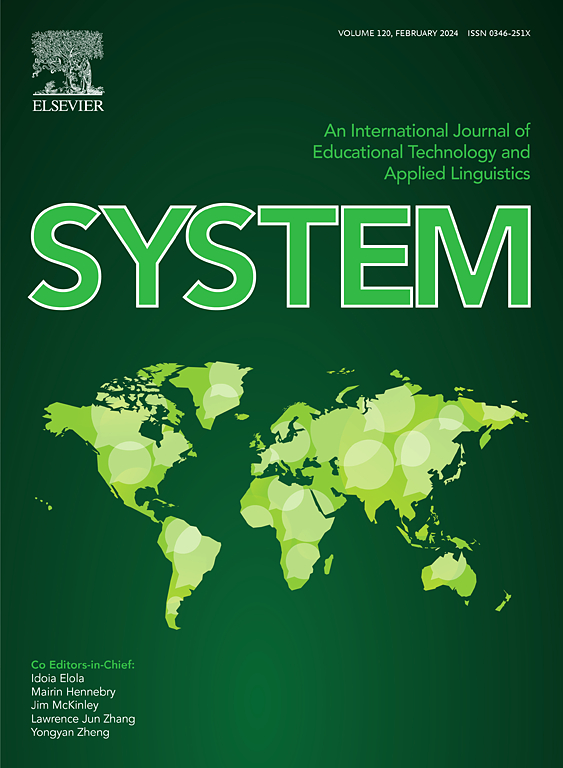代谢组学、网络药理学和微生物组学分析揭示了中草药配方改善产蛋鸡肉质的机制
IF 7
1区 农林科学
Q1 Agricultural and Biological Sciences
引用次数: 0
摘要
废母鸡的肉是禽肉生产的重要来源;然而,多种因素导致了废鸡肉质的下降。长期以来,中草药被广泛用作预防疾病的药物和营养补充剂,以提高产品质量。本试验探讨了添加1.0%中草药配方(CHF),其中含有0.30%益母草(Leonurus japonicus Houtt)的效果。, 0.20%丹参;, 0.25%女贞;通过代谢组学、网络药理学和微生物组策略,在饲粮中添加0.25%蒙古蒲公英(0.25% Taraxacum hand - mazz .)。结果表明,添加CHF可降低滴漏损失(P < 0.05)、b*值(P = 0.058)和剪切力(P = 0.099),提高胸肌熟肉率(P = 0.054)和干物质(P < 0.05),改善肉质。添加CHF提高了胸肌的C18:2n-6、n-6/n-3多不饱和脂肪酸(PUFA)、总PUFA、PUFA与饱和脂肪酸(SFA)比值、低胆固醇与高胆固醇比值(P < 0.05),并有提高丝氨酸含量的趋势(P = 0.069),提高了胸肌的营养价值。靶代谢组学分析显示,添加CHF丰富了SFA生物合成、亚油酸代谢、脂肪酸降解、脂肪酸延伸和脂肪酸生物合成途径。此外,网络药理学分析表明,CHF与氧化应激和脂质代谢密切相关。添加CHF提高了谷胱甘肽过氧化物酶水平(P < 0.05),上调了Nrf2通路相关基因表达(包括HO-1, P < 0.05;Nrf2, P = 0.098;Cat, p = 0.060;Gpx1, p = 0.063;和SOD2, P = 0.052)和脂质代谢(包括PPARγ, P < 0.05;Srebp1, p = 0.059;CPT1A, P = 0.058)。此外,添加CHF提高了厚壁菌门的丰度,降低了拟杆菌门、螺旋体门和协同菌门的丰度(P < 0.05),这可能有助于改善肉质。由此可见,饲粮中添加CHF可提高肉质和营养价值,为在废蛋鸡饲粮中添加CHF提供理论依据。本文章由计算机程序翻译,如有差异,请以英文原文为准。
Metabolomics, network pharmacology, and microbiome analyses uncover the mechanisms of the Chinese herbal formula for the improvement of meat quality in spent hens
Meat originating from the spent hen is an important source of poultry meat production; however, multiple factors cause the decline in the meat quality of spent hens. Chinese herbs have been widely used as medicine for a long time to prevent diseases and as nutrient supplements to improve the product quality. This experiment explored the effects of adding 1.0% Chinese herbal formula (CHF, including 0.30% Leonurus japonicus Houtt., 0.20% Salvia miltiorrhiza Bge., 0.25% Ligustrum lucidum Ait., and 0.25% Taraxacum mongolicum Hand.-Mazz.) for 120 d to the spent hens’ diet through metabolomics, network pharmacology, and microbiome strategies. The results indicated that CHF supplementation improved the meat quality by reducing drip loss (P < 0.05), b* value (P = 0.058), and shear force (P = 0.099) and increasing cooked meat percentage (P = 0.054) and dry matter (P < 0.05) of breast muscle. The addition of CHF improved the nutritional value of breast muscle by increasing (P < 0.05) the content of C18:2n-6, n-6/n-3 polyunsaturated fatty acids (PUFA), total PUFA, PUFA-to-saturated fatty acids (SFA) ratio, and hypocholesterolemic-to-hypercholesterolemic ratio, and tending to increase serine content (P = 0.069). The targeted metabolomics analysis revealed that the biosynthesis of SFA, linoleic acid metabolism, fatty acid degradation, fatty acid elongation, and fatty acid biosynthesis pathways were enriched by CHF supplementation. Furthermore, the network pharmacology analysis indicated that CHF was closely associated with oxidative stress and lipid metabolism. The CHF supplementation increased the glutathione peroxidase level (P < 0.05) and upregulated gene expression related to the Nrf2 pathway (including HO-1, P < 0.05; Nrf2, P = 0.098; CAT, P = 0.060; GPX1, P = 0.063; and SOD2, P = 0.052) and lipid metabolism (including PPARγ, P < 0.05; SREBP1, P = 0.059; and CPT1A, P = 0.058). Additionally, CHF supplementation increased Firmicutes and decreased Bacteroidetes, Spirochaetes, and Synergistetes abundances (P < 0.05), which may contribute to better meat quality. Our results suggest that CHF supplementation improved the quality and nutritional value of meat, which will provide a theoretical basis for the utilization of CHF as a feed additive in spent hens’ diets.
求助全文
通过发布文献求助,成功后即可免费获取论文全文。
去求助
来源期刊

Journal of Animal Science and Biotechnology
AGRICULTURE, DAIRY & ANIMAL SCIENCE-
CiteScore
9.90
自引率
2.90%
发文量
822
审稿时长
17 weeks
期刊介绍:
Journal of Animal Science and Biotechnology is an open access, peer-reviewed journal that encompasses all aspects of animal science and biotechnology. That includes domestic animal production, animal genetics and breeding, animal reproduction and physiology, animal nutrition and biochemistry, feed processing technology and bioevaluation, animal biotechnology, and meat science.
 求助内容:
求助内容: 应助结果提醒方式:
应助结果提醒方式:


